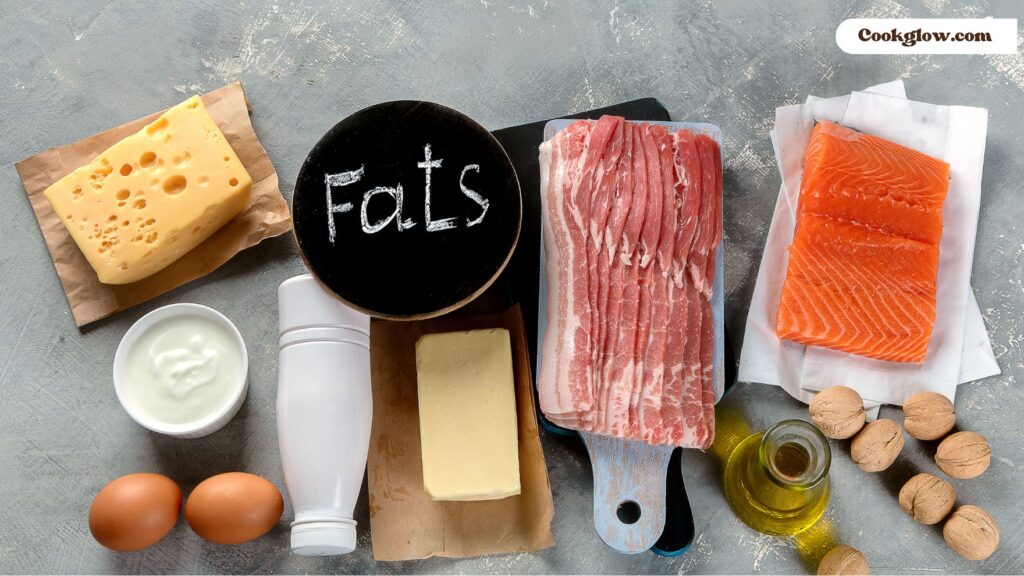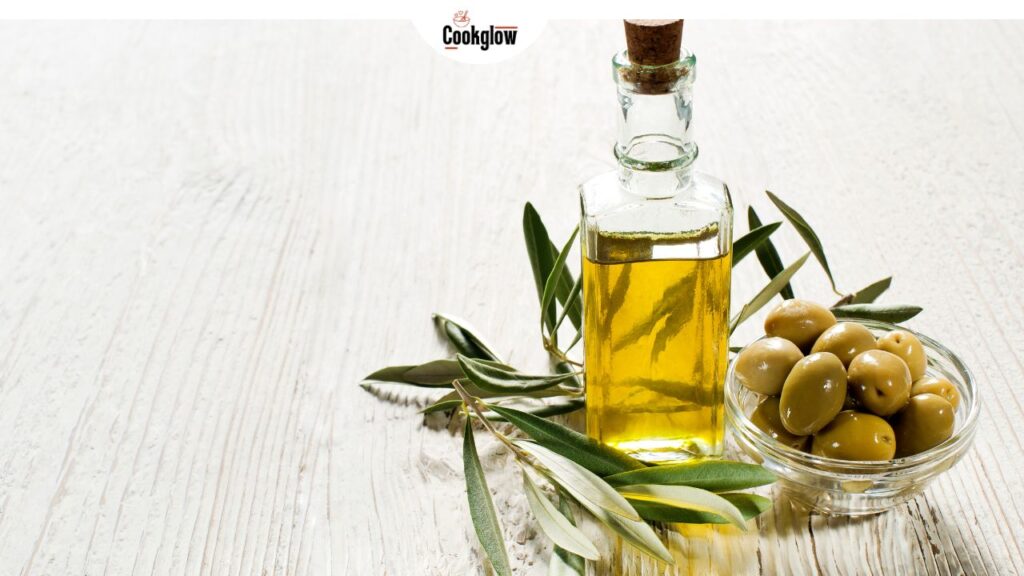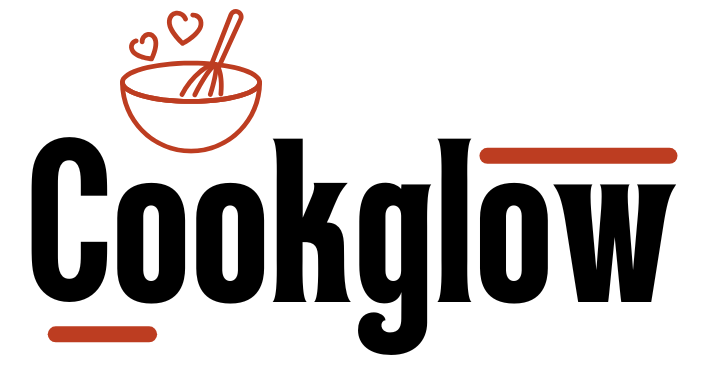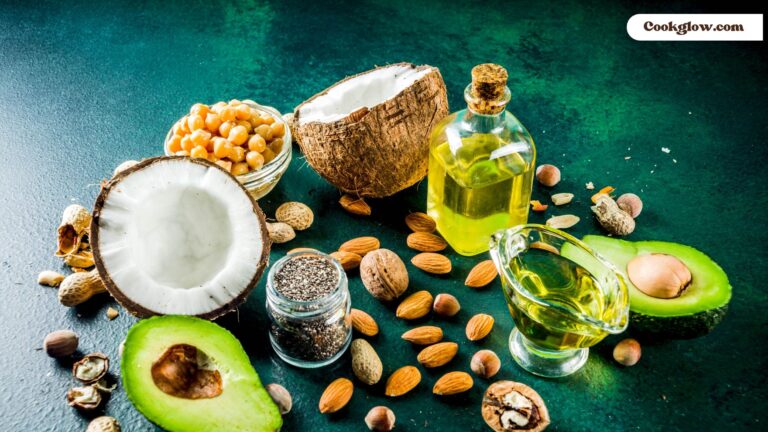
If you’ve ever wondered whether vegetable oils or animal fats are better for your health and cooking needs, you’re not alone. This debate has been going on for years, with strong opinions on both sides. Some say plant-based oils are the healthiest choice, while others swear by traditional animal fats like butter and lard for their rich flavor and nutritional benefits.
I know how confusing this can be—one day, you hear that vegetable oils are heart-healthy, and the next, you’re told that animal fats are actually good for you. So, which one should you choose? The answer isn’t as simple as picking one over the other. It depends on your health goals, cooking style, and personal preferences.
In this guide, I’ll break down the differences between vegetable oils and animal fats, looking at their nutritional value, health benefits, cooking uses, and even their environmental impact. By the end, you’ll have a clear understanding of which fats fit best into your diet—and why moderation is key.
Contents
What Are Vegetable Oils?
Definition
Vegetable oils are plant-based fats extracted from seeds, nuts, and fruits. These oils are widely used for cooking, baking, frying, and salad dressings due to their mild flavors and high smoke points. Unlike animal fats, they are primarily composed of unsaturated fats, which are often considered healthier for the heart.
Types of Vegetable Oils
There are many types of vegetable oils, each with unique properties:
- Olive Oil – Rich in monounsaturated fats, known for heart-health benefits.
- Canola Oil – High in omega-3 fatty acids, making it a good choice for reducing inflammation.
- Sunflower Oil – Contains vitamin E and is commonly used for frying.
- Soybean Oil – A widely used oil with a balanced mix of polyunsaturated and monounsaturated fats.
- Coconut Oil – Unlike other vegetable oils, it is high in saturated fats, which may have mixed health effects.
Nutritional Profile
Vegetable oils mainly consist of:
- Unsaturated fats – Includes monounsaturated and polyunsaturated fats.
- Omega-3 and Omega-6 fatty acids – Important for brain and heart health, but must be balanced in the diet.
- Vitamin E – A natural antioxidant that helps protect cells from damage.
Common Uses of Vegetable Oils
Vegetable oils are incredibly versatile in the kitchen:
- Cooking and frying – Used for stir-frying, deep-frying, and pan-searing.
- Salad dressings and marinades – Olive oil and flaxseed oil are great for cold uses.
- Baking – Used in cakes, cookies, and bread for moisture.
What Are Animal Fats?

Definition
Animal fats are saturated and unsaturated fats derived from animal sources. They have been a staple in traditional diets for centuries, providing rich flavor, high heat stability, and essential nutrients. Unlike vegetable oils, which are primarily unsaturated, animal fats contain more saturated fat, which has been debated for its health effects.
Types of Animal Fats
Here are some of the most commonly used animal fats:
- Butter – Made from churned cream, rich in saturated fats and vitamin A.
- Lard (Pork Fat) – A traditional fat with a mix of monounsaturated and saturated fats, often used in baking.
- Tallow (Beef or Mutton Fat) – Highly stable at high temperatures, making it great for frying.
- Ghee (Clarified Butter) – A lactose-free alternative to butter, commonly used in Indian cuisine.
- Duck Fat – Contains a higher proportion of monounsaturated fats, adding a rich taste to dishes.
Nutritional Profile
Animal fats contain:
- Saturated fats – Once thought to be harmful, but now seen as neutral or beneficial in moderation.
- Cholesterol – Important for hormone production but should be balanced in the diet.
- Fat-soluble vitamins (A, D, E, K) – Essential for various bodily functions.
- Conjugated Linoleic Acid (CLA) – Found in grass-fed animal fats, linked to potential health benefits.
Common Uses of Animal Fats
Animal fats are valued for their flavor-enhancing properties and cooking stability:
- Cooking and frying – Tallow and lard are excellent for deep-frying due to their high smoke points.
- Baking – Lard is often used in pie crusts and pastries for a flaky texture.
- Flavor enhancement – Butter and duck fat add rich taste to vegetables and meats.
Nutritional Comparison: Vegetable Oils vs. Animal Fats
Both vegetable oils and animal fats provide essential nutrients, but they differ in fat composition, vitamin content, and health effects. Below is a side-by-side comparison of their nutritional profiles.
Nutrient Breakdown
| Nutrient | Vegetable Oils | Animal Fats |
| Saturated Fat | Low to moderate (except coconut & palm oil) | High |
| Monounsaturated Fat | High (especially in olive & canola oil) | Moderate |
| Polyunsaturated Fat | High (especially in sunflower & soybean oil) | Low |
| Omega-3 Fatty Acids | Present in flaxseed & canola oil | Present in grass-fed animal fats |
| Omega-6 Fatty Acids | High in most vegetable oils | Lower, but present |
| Cholesterol | None | Present in butter, lard, and tallow |
| Vitamins | High in vitamin E | High in vitamins A, D, E, K |
Health Benefits and Risks
Both fats have pros and cons, and moderation is key when including them in a balanced diet.
✅ Potential Benefits of Vegetable Oils
✔ Heart health – High in unsaturated fats, which may help lower LDL (“bad”) cholesterol.
✔ Anti-inflammatory – Omega-3-rich oils like flaxseed and canola oil may reduce inflammation.
✔ Rich in antioxidants – Olive oil and avocado oil contain polyphenols that support health.
⚠️ Potential Risks of Vegetable Oils
⚠ Highly processed – Some refined oils undergo chemical extraction, reducing their nutrient content.
⚠ High omega-6 content – Excessive omega-6 fats (found in soybean and sunflower oil) may contribute to inflammation.
⚠ Low stability at high heat – Some vegetable oils break down into harmful compounds when overheated.
✅ Potential Benefits of Animal Fats
✔ Rich flavor and stability – Ideal for cooking at high temperatures without breaking down.
✔ Nutrient-dense – Provides vitamins A, D, E, and K, along with conjugated linoleic acid (CLA).
✔ Supports hormone production – Cholesterol is essential for making hormones like testosterone and estrogen.
⚠️ Potential Risks of Animal Fats
⚠ High in saturated fat – While recent research suggests moderate intake is not harmful, excessive consumption may raise cholesterol levels.
⚠ Cholesterol content – Some people may need to monitor cholesterol intake, especially if they have heart disease.
⚠ Source matters – Highly processed meats and animal fats from factory-farmed sources may contain additives and lower-quality fats.
Culinary Uses: Which Fat Works Best for Cooking?
Choosing the right fat depends on the cooking method, flavor profile, and heat stability.
Best Uses for Vegetable Oils
- Olive oil – Ideal for salads, drizzling, and light sautéing.
- Canola & sunflower oil – Good for baking and deep-frying due to their neutral taste.
- Coconut oil – Works well in baking and medium-heat cooking, adding a mild coconut flavor.
- Flaxseed oil – Best used raw (not for cooking) due to its delicate omega-3 content.
Best Uses for Animal Fats
- Butter & ghee – Great for sautéing, baking, and adding rich flavor.
- Lard & tallow – Perfect for frying and roasting due to their high smoke points.
- Duck fat – Enhances the taste of roasted vegetables and meats.

Smoke Point Comparison
| Fat/Oil | Smoke Point (°F) | Best Used For |
| Olive Oil (Extra Virgin) | 375°F | Salad dressings, light sautéing |
| Canola Oil | 400°F | Frying, baking |
| Sunflower Oil | 440°F | Deep frying |
| Coconut Oil | 350°F | Baking, medium-heat cooking |
| Butter | 350°F | Sautéing, baking |
| Ghee | 485°F | High-heat cooking, frying |
| Lard | 370°F | Baking, frying |
| Tallow | 400°F | Deep frying |
| Duck Fat | 375°F | Roasting, frying |
Sustainability and Environmental Impact
The environmental impact of vegetable oils and animal fats varies based on farming methods, land use, and production processes.
🌱 Vegetable Oils: Pros and Cons
✅ More sustainable when sourced responsibly (e.g., cold-pressed oils, organic sources).
✅ Lower carbon footprint compared to industrial meat production.
⚠ Palm oil production contributes to deforestation and habitat destruction.
⚠ Some vegetable oils require heavy processing, which increases energy consumption.
🐄 Animal Fats: Pros and Cons
✅ Traditional animal fats (e.g., tallow, lard) reduce food waste by using the whole animal.
✅ Pasture-raised animals produce healthier fats with a better omega ratio.
⚠ Factory-farmed animal fats have a high carbon footprint and may include hormones/antibiotics.
⚠ Livestock farming requires significant resources, contributing to greenhouse gas emissions.
Which One Should You Choose?
There’s no one-size-fits-all answer! Your choice should depend on personal health goals, dietary preferences, and cooking needs.
- If you’re looking for heart-friendly fats, olive oil and avocado oil are great choices.
- If you want high-heat cooking fats, ghee, tallow, and lard work well.
- If you prefer a balanced approach, mixing both vegetable oils and animal fats in moderation is ideal.
Regardless of your choice, quality matters. Always opt for minimally processed oils and fats from sustainable sources for the best health benefits.
Conclusion
Both vegetable oils and animal fats have unique benefits and drawbacks. The key takeaway? Balance and quality are more important than choosing one over the other.
If you’re looking for unsaturated fats and plant-based options, go for olive oil, avocado oil, or flaxseed oil. If you love rich flavors and high-heat cooking, ghee, lard, or tallow may be a better fit.
At the end of the day, the best diet is one that is balanced, diverse, and fits your lifestyle.
FAQs: Common Questions About Vegetable Oils and Animal Fats
1. Are vegetable oils always healthier than animal fats?
Not necessarily. Some vegetable oils, especially highly processed ones, can be unhealthy. It depends on the type of oil and how it’s used.
2. Is butter better than margarine?
Yes, in most cases. Butter is a natural fat, while margarine often contains trans fats and artificial ingredients.
3. Can I mix vegetable oils and animal fats in my diet?
Absolutely! Many balanced diets include both, using them appropriately based on cooking needs and health goals.
4. What’s the best oil or fat for deep frying?
Animal fats like tallow and lard or high-smoke-point oils like sunflower or avocado oil are best for frying.
5. Are saturated fats bad for health?
Recent research suggests moderate saturated fat intake isn’t harmful, especially when balanced with unsaturated fats.

